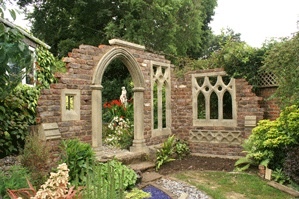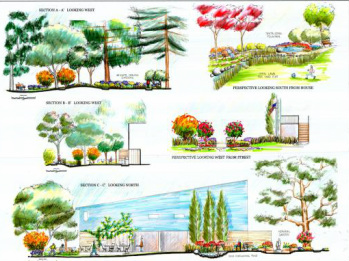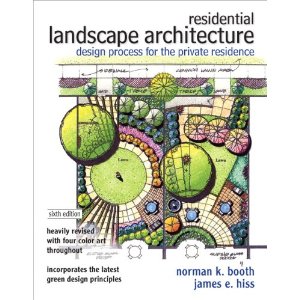|
In architecture, a folly is a building constructed primarily for decoration, but either suggesting by its appearance some other purpose, or merely so extravagant that it transcends the normal range of garden ornaments or other class of building to which it belongs... Many follies, particularly during famine, such as the Irish potato famine, were built as a form of poor relief, to provide employment for peasants and unemployed artisans. (Wiki-Folly) I'm sure you know where I'm going with this: I want one! I could make one! Could I? Let's see, I would need some bricks and cement and... maybe a masters degree in landscape architecture. General properties of a folly according to the Wiki link above. The concept of the folly is highly ambiguous and it has been suggested that the definition of a folly "lies in the eyes of the beholder". At best, some general guidelines can be produced, all of which have exceptions.
What follies are not (according to Wiki)
So, a Masters degree... let me get back to you on that one.
0 Comments
Leave a Reply. |
Avant-Garde(n)Quick updates charting my novice and experimental, gardening adventures at home. Archives
September 2019
Categories
All
Click here for a link to other garden bloggers
|




 RSS Feed
RSS Feed